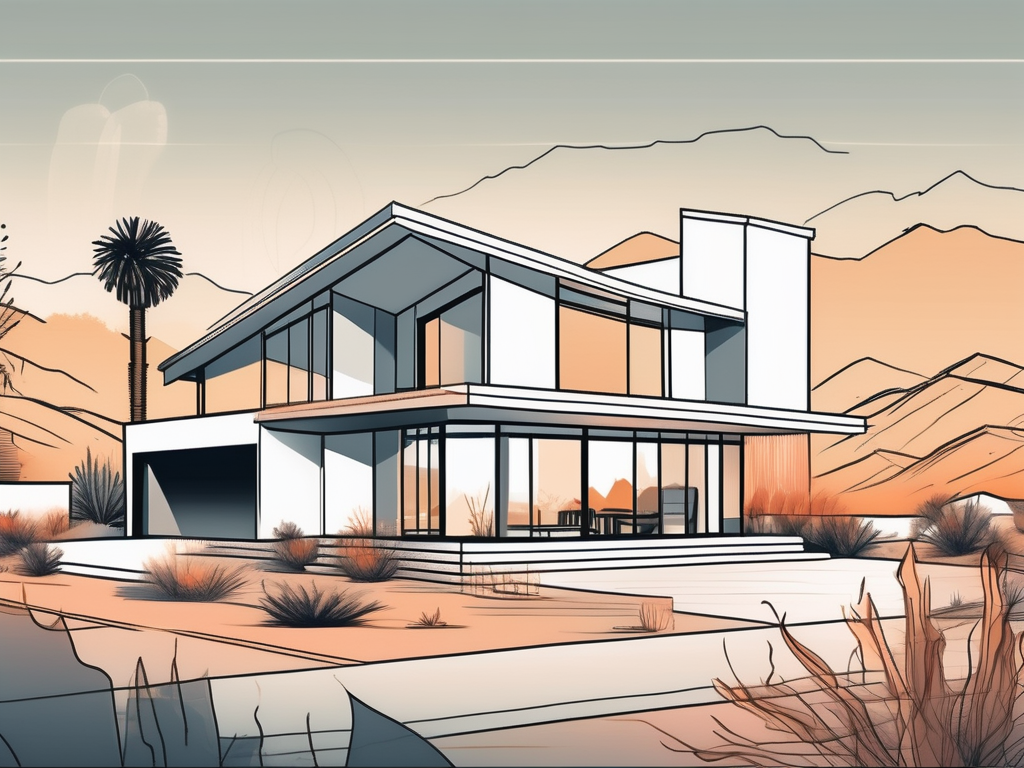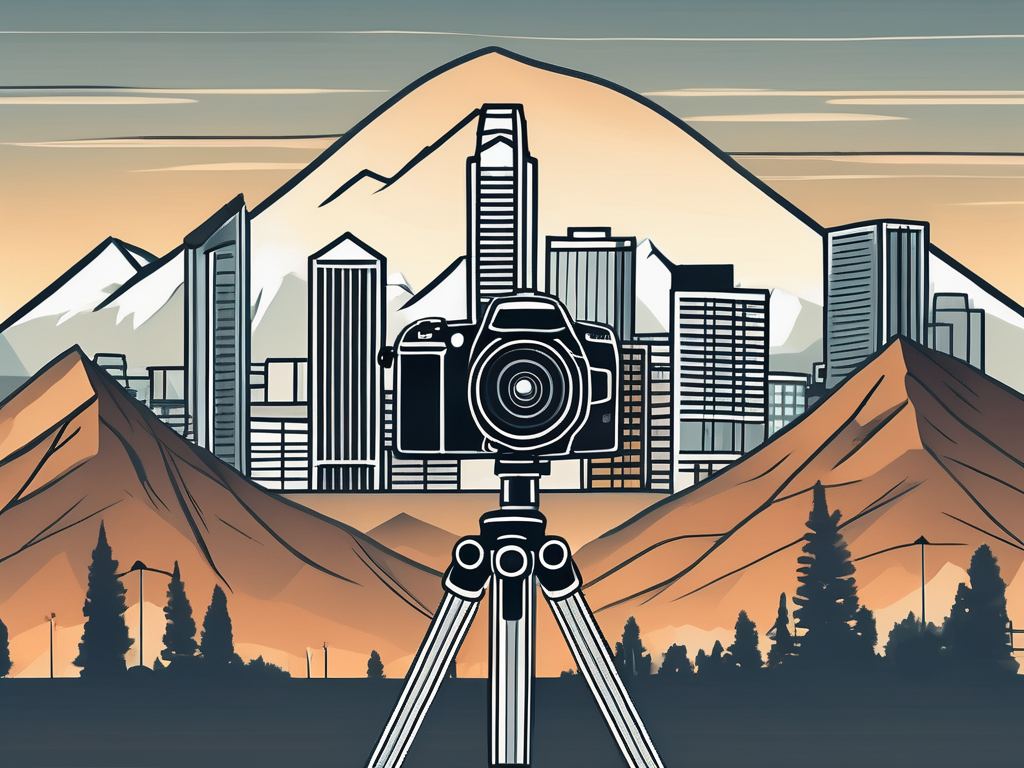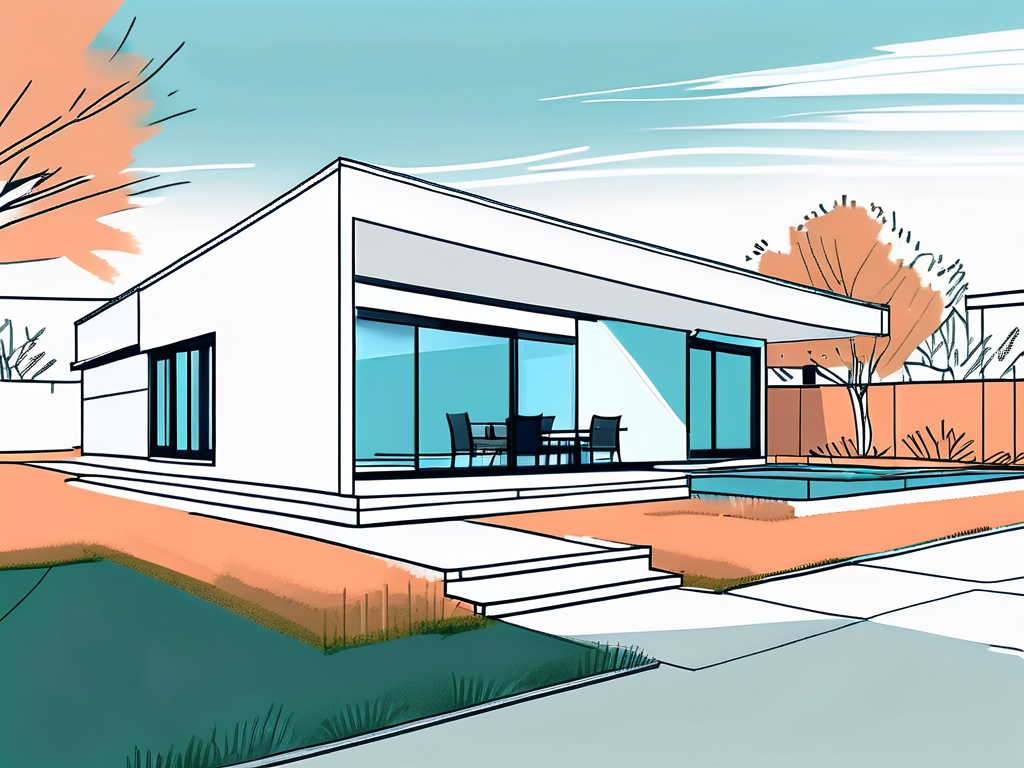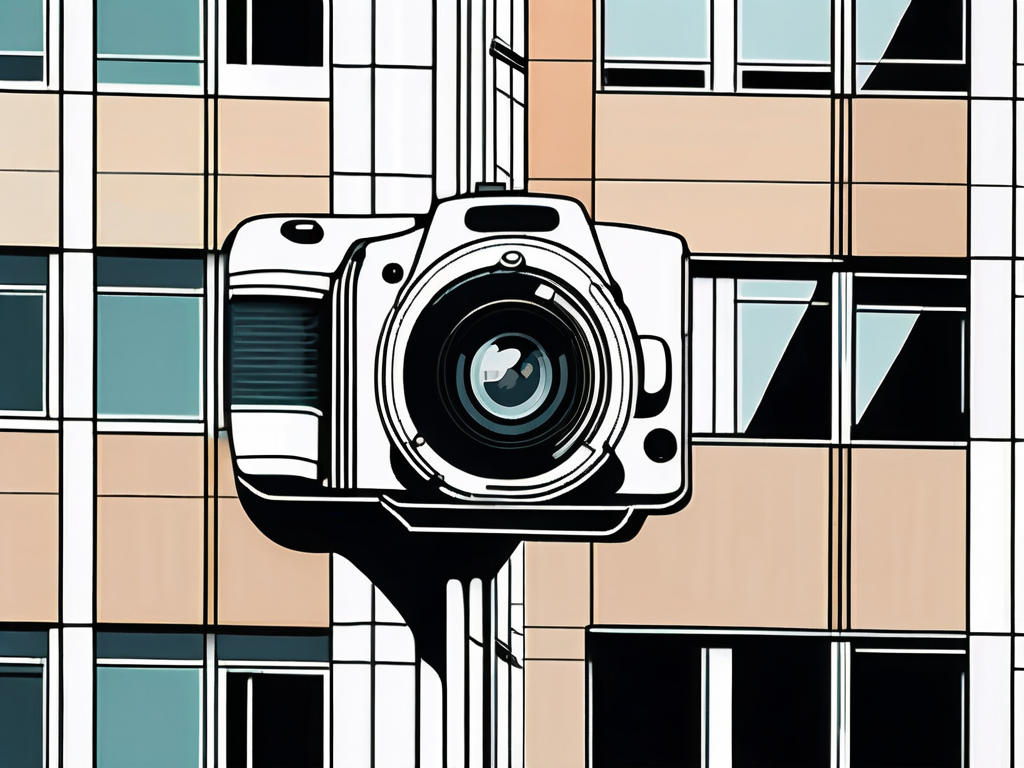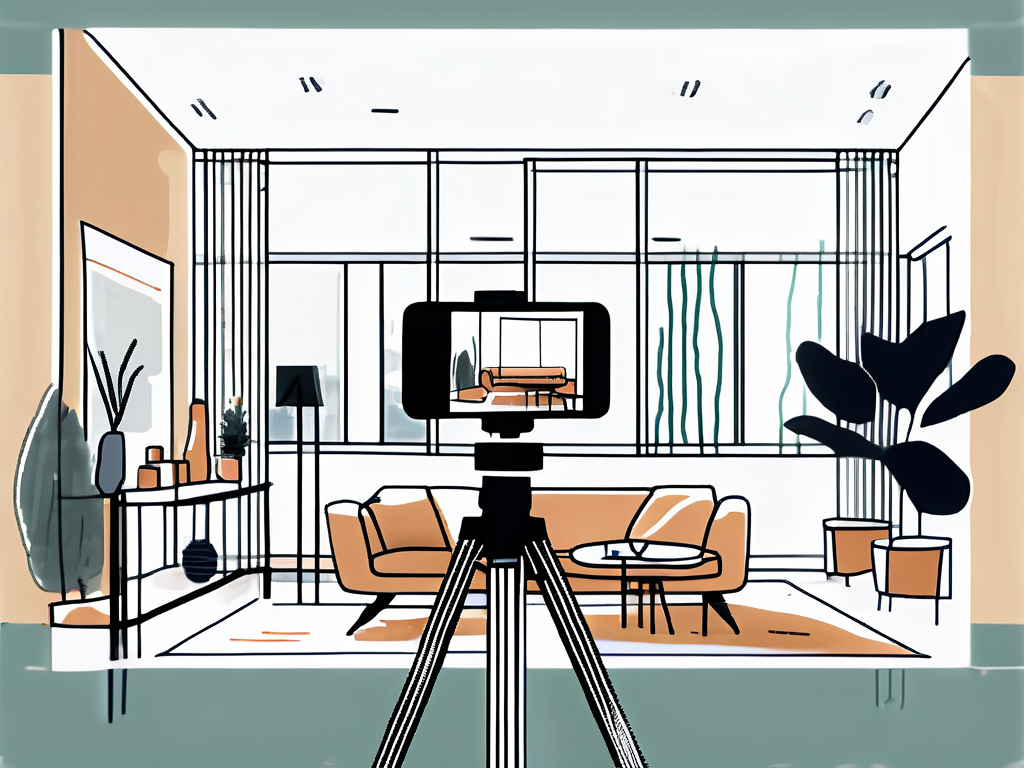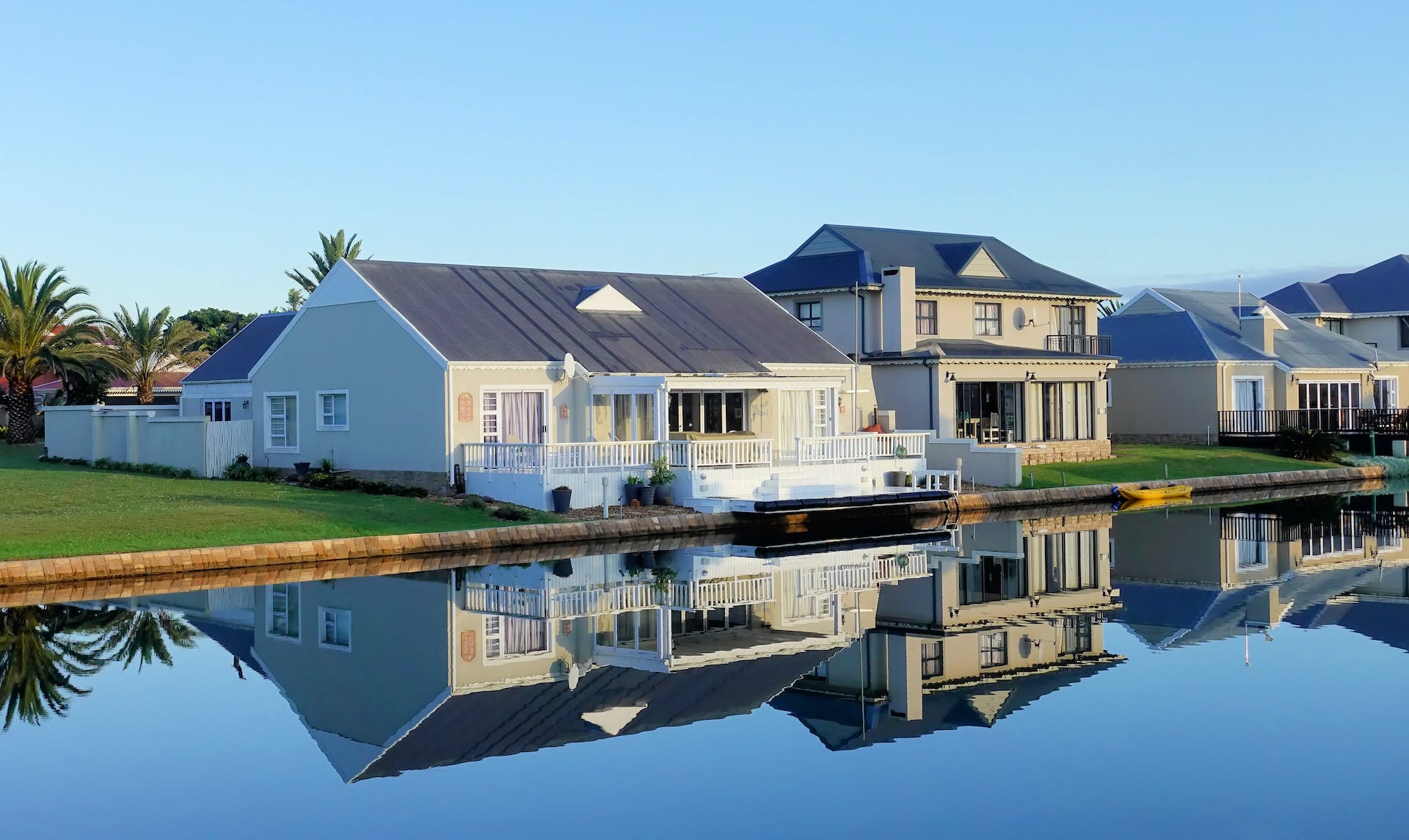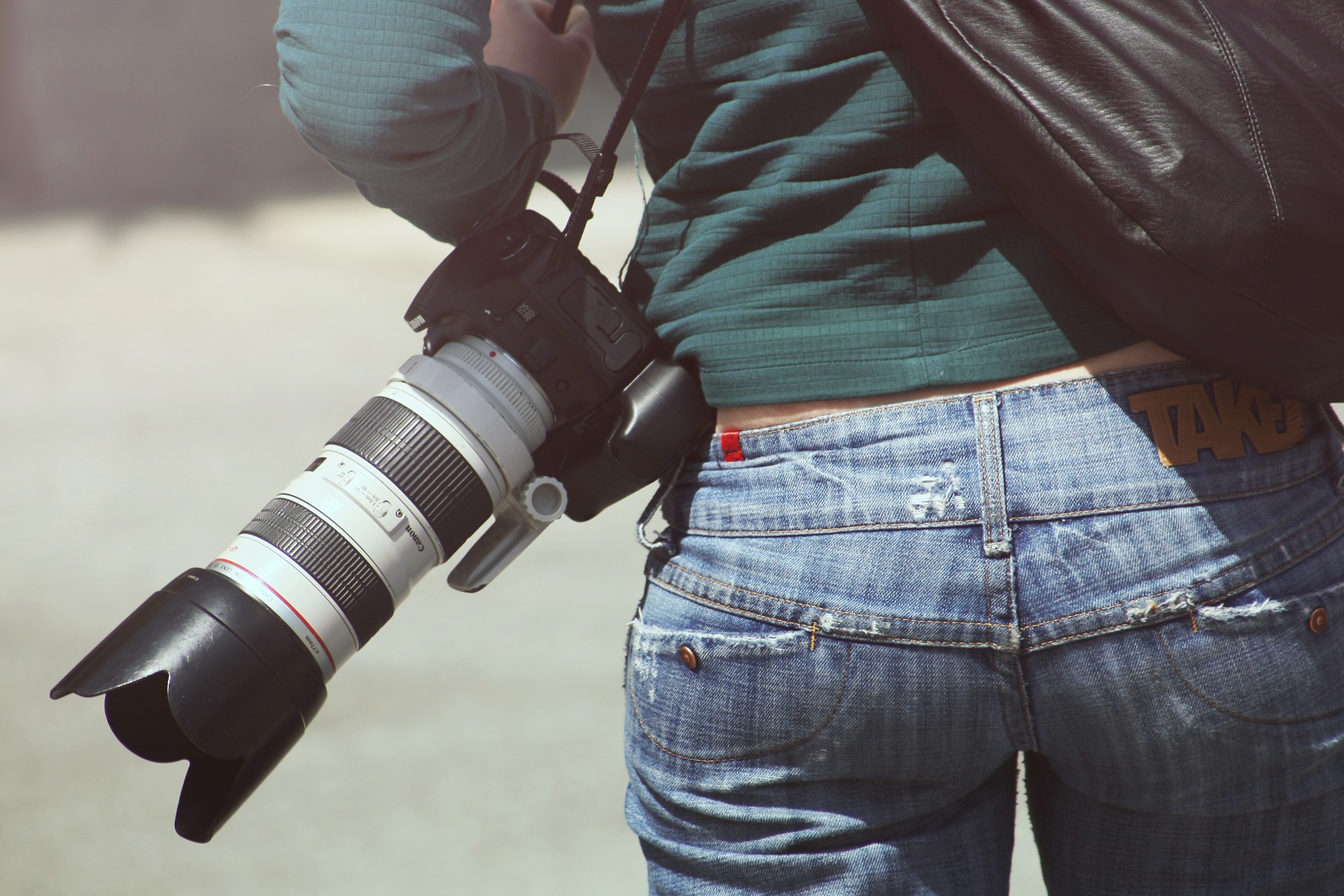Real estate photography plays a crucial role in showcasing properties and attracting potential buyers. In a competitive market like Phoenix, where the real estate industry is flourishing, high-quality photographs can make all the difference. Let’s delve into the importance of real estate photography and explore why Phoenix has become a hotspot for this profession.
Understanding the Importance of Real Estate Photography
When it comes to selling properties, first impressions are paramount. Real estate photography serves as the initial point of contact between sellers and buyers. It allows sellers to present their properties in the best possible light, while potential buyers can preview homes and make informed decisions.

Quality photographs capture the essence of a property, emphasizing its unique features and creating an emotional connection with viewers. Professionally shot images not only pique interest but also generate trust and credibility. They convey the professionalism and attention to detail that sellers bring to their properties.
But what makes real estate photography truly indispensable? Let’s delve deeper into the role it plays in the world of real estate marketing.
The Role of Photography in Real Estate Marketing
In the realm of real estate marketing, photography is the ultimate tool for attracting buyers. Images have the power to evoke emotions and create desire. They allow buyers to visualize themselves living in a particular property, making it easier to imagine their future within its walls.
Well-composed photographs showcase the interior and exterior spaces, highlighting the architecture, design, and layout. They provide context and help potential buyers envision how each room could be utilized. By showcasing the property’s unique selling points, photography acts as a persuasive marketing tool, increasing the likelihood of a successful sale.
However, the importance of real estate photography goes beyond just capturing beautiful images. It also involves the art of storytelling. A skilled photographer can capture the essence of a property, telling a visual story that engages and captivates potential buyers. Each photograph should convey a sense of warmth, inviting viewers to imagine themselves creating memories within the space.
Why Phoenix is a Hotspot for Real Estate Photography
With its sunny climate, beautiful landscapes, and growing real estate market, Phoenix has become a haven for real estate photographers. The city’s vibrant housing market, encompassing a wide range of residential and commercial properties, creates a continuous demand for high-quality imagery.
Phoenix’s unique architectural styles, from modern desert homes to historic properties, offer photographers endless opportunities to capture stunning visuals. The city’s diverse neighborhoods and picturesque locales provide photographers with a rich tapestry of settings to showcase their talents.
Furthermore, Phoenix’s booming real estate market attracts buyers from across the country. As a result, real estate photographers in Phoenix benefit from a consistent flow of potential clients seeking captivating visuals for their properties.
Moreover, the city’s thriving arts and culture scene adds an extra layer of creativity to real estate photography in Phoenix. Photographers can incorporate elements of the city’s vibrant art scene into their work, infusing their images with a unique and captivating aesthetic.
In conclusion, real estate photography plays a crucial role in the buying and selling process. It allows sellers to make a lasting impression on potential buyers and helps buyers visualize their future homes. In a city like Phoenix, where the real estate market is thriving and the demand for captivating visuals is high, real estate photography has become an art form that continues to evolve and flourish.
Essential Equipment for Real Estate Photography
Creating impactful real estate photographs requires the right equipment. Let’s explore some of the essential tools that every photographer should have in their arsenal.
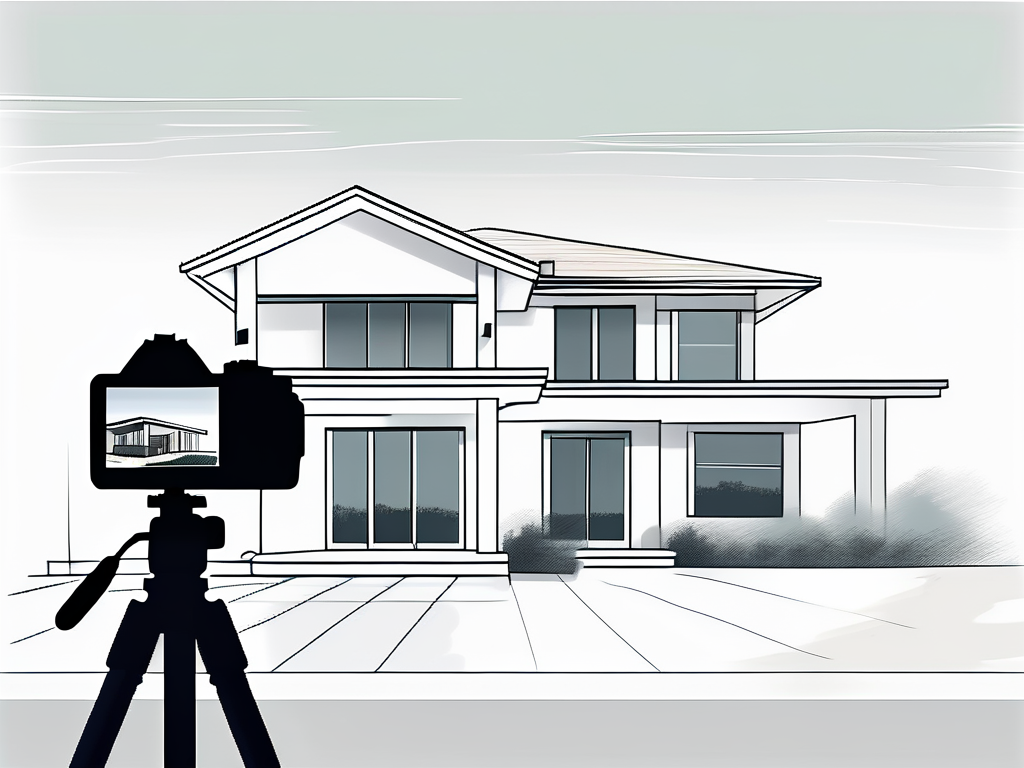
When delving into the world of real estate photography, it’s not just about having a camera; it’s about having the right camera. Beyond a doubt, investing in a camera with a full-frame sensor is a game-changer. This type of camera ensures high image quality, excellent low-light performance, and the ability to capture ample detail, making your property photos truly stand out. Pairing this camera with the right lenses is equally crucial.
Camera Types and Lenses
Investing in a camera with a full-frame sensor ensures high image quality and the ability to capture ample detail. Wide-angle lenses, preferably between 16-24mm, are commonly used in real estate photography to capture the full breadth of interior spaces and showcase room proportions accurately.
Moreover, when it comes to lenses, consider adding a tilt-shift lens to your collection. This specialized lens can work wonders in real estate photography by helping to correct perspective distortion, ensuring straight lines in architectural shots and maintaining the integrity of the property’s features.
Lighting Equipment and Techniques
Proper lighting is crucial for real estate photography. While natural light is often preferred, it’s important to understand how to manipulate it effectively. Reflectors and diffusers can help control lighting conditions, minimizing harsh shadows and creating a more even and balanced look.
Furthermore, mastering lighting techniques is key to producing stunning real estate photos. In addition to natural light, incorporating artificial lighting sources like off-camera flashes or continuous lighting setups can elevate your images. These tools allow you to illuminate spaces evenly, highlight key features, and create a warm and inviting ambiance that entices potential buyers.
The Art of Capturing Phoenix Properties
Photographing properties in Phoenix requires a unique approach to capture the essence of this captivating city. Let’s explore some tips and techniques to make your images truly stand out.
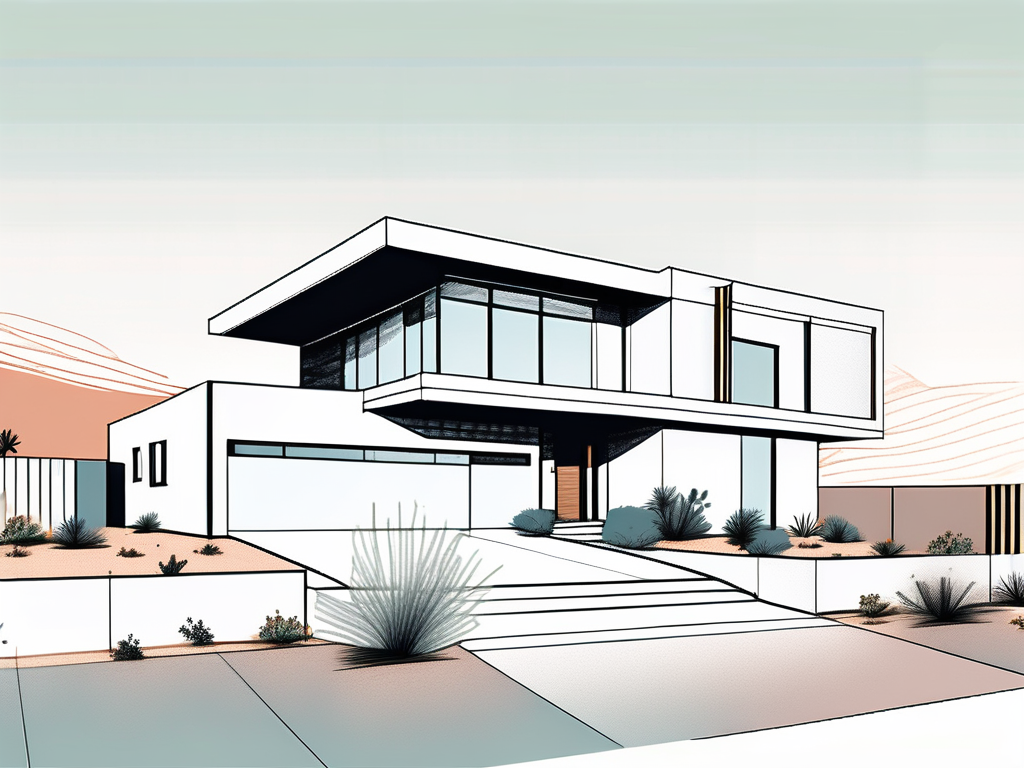
Phoenix, known for its vibrant culture and stunning landscapes, offers a plethora of opportunities for photographers looking to showcase the beauty of its properties. From the sleek modern designs of urban dwellings to the rustic charm of suburban homes, each structure tells a story of the city’s diverse architectural landscape.
Architectural Photography Tips
When photographing properties in Phoenix, it’s essential to consider the architectural styles prevalent in the area. Emphasize the distinct features of each structure, such as the modern lines of a desert home or the elegant historical details present in older properties.
Pay attention to the play of light and shadows, especially during the Golden Hour, to capture the unique atmosphere created by Phoenix’s sunshine.
Furthermore, incorporating elements of the surrounding environment, such as the iconic saguaro cacti or the fiery hues of a desert sunset, can add depth and character to your property photos, setting them apart from the rest.
Highlighting Unique Features of Phoenix Homes
Phoenix’s properties often boast impressive outdoor areas, such as pools, backyard oases, and stunning desert views. Showcase these unique features to create a sense of the lifestyle a property offers. Capture the inviting ambiance of outdoor spaces to entice potential buyers seeking the perfect blend of indoor and outdoor living.
Moreover, don’t overlook the interior design elements that make Phoenix homes truly special. From Southwestern-inspired decor to modern minimalist aesthetics, each detail contributes to the overall charm of a property. Be sure to highlight these features in your photos to give viewers a comprehensive glimpse into the unique character of Phoenix living.
Post-Production in Real Estate Photography
Post-processing plays a vital role in enhancing real estate photographs. Here are some common editing techniques to elevate your property images.
Editing Techniques for Property Photos
Start by correcting the white balance and ensuring accurate colors. Remove any distractions, such as minor imperfections or unwanted objects, to create clean and appealing visuals. Adjusting brightness, contrast, and saturation can help to bring out the best in each photograph.
It’s important to strike a balance in post-production – enhance the property’s features without misleading potential buyers. Transparency and authenticity are key to maintaining trust in the real estate market.
Software Tools for Real Estate Photographers
Utilize software tools such as Adobe Lightroom or Capture One to streamline your post-processing workflow. These tools provide a range of features that allow you to enhance details, fine-tune colors, and create consistent styles across your portfolio.
Navigating the Real Estate Photography Business in Phoenix
Building a successful real estate photography business requires more than just technical skills. Let’s explore some tips to help you establish a strong presence in Phoenix’s competitive market.
Building a Portfolio in Real Estate Photography
Create a diverse and visually striking portfolio showcasing different styles of properties. Collaborate with local real estate agents, interior designers, and architects to capture a wide range of projects. A strong portfolio is essential to attracting potential clients and instilling confidence in your skills.
Networking and Finding Clients in Phoenix
Networking is key in the real estate photography industry. Attend local real estate events and join professional associations to meet potential clients and establish connections with industry insiders. Additionally, consider forming partnerships with local real estate agencies, offering them your services as a preferred photographer.
Don’t underestimate the power of social media. Leverage platforms like Instagram and Facebook to showcase your work and connect with potential clients. Engage with the local community by posting captivating images of Phoenix properties and sharing tips and insights specific to the area.
In conclusion, real estate photography plays a pivotal role in marketing properties effectively. In Phoenix, a city known for its thriving real estate market and unique architectural styles, the demand for high-quality imagery is constantly growing. By understanding the importance of photography, investing in essential equipment, mastering the art of capturing Phoenix properties, utilizing effective post-processing techniques, and navigating the local market, photographers can thrive in this competitive industry and contribute to the visual allure of Phoenix’s real estate market.
